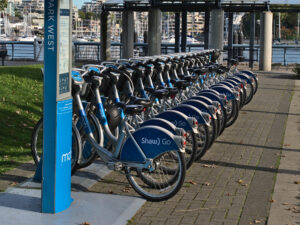What if your next car knew when you were too distracted to drive?
According to ROT, a new technology dubbed Workload Management is teaching cars how to limit driver distraction.
If you purchase a car with Workload Management technology, the following tests start as soon as you buckle up.
- Heart rate and respiration tests via steering wheel sensors.
- Driver activity tests are conducted by comparing current inputs to a baseline.
- Driving conditions tests based on incoming road, traffic, weather and time-of-day data.
The test results determine your Workload Management score.
If you scored high, your car engages a “do-not-disturb” (DND) mode which doesn’t allow phone calls or text messaging.
The Workload Management system will ask you to call a friend if it detects boredom or tiredness. Chatting with a friend via Bluetooth raises your cognitive functions which keeps you focused on the road.
Cars with Workload Technology are expected to reach production in two to three years. In the meantime, drivers will have to calculate their own driver distraction levels.
CAA Distracted Driver Collision Facts
- 84% of distracted driving-related fatalities in the US were caused by inattentiveness.
- 80% of collisions and 65% of near-crashes are caused by driver inattention.
- Distracted drivers are 3 times more likely to have a car crash.
- Children are 4 times more distracting than adults as passengers. Infants are 8 times more distracting.
- Distracted driving was a contributing factor to 104 British Columbia collision fatalities in 2010.
For more information:
- What if your next car knew when you were distracted? ROT







